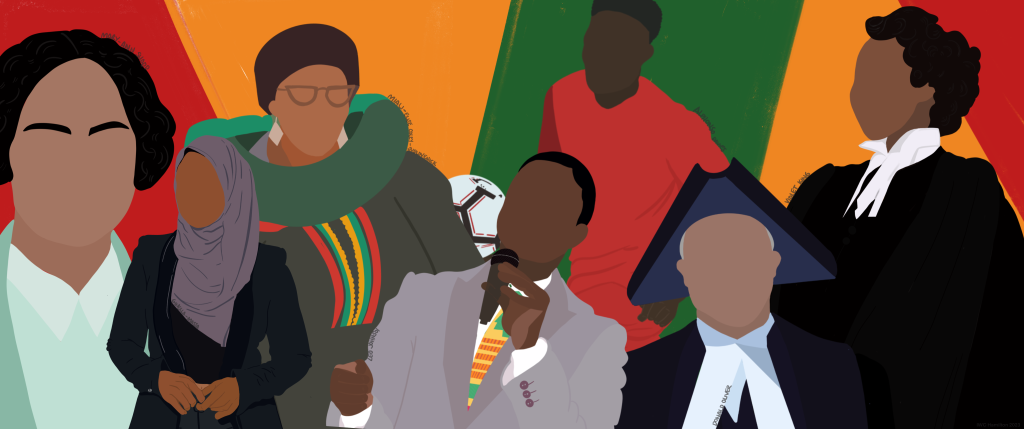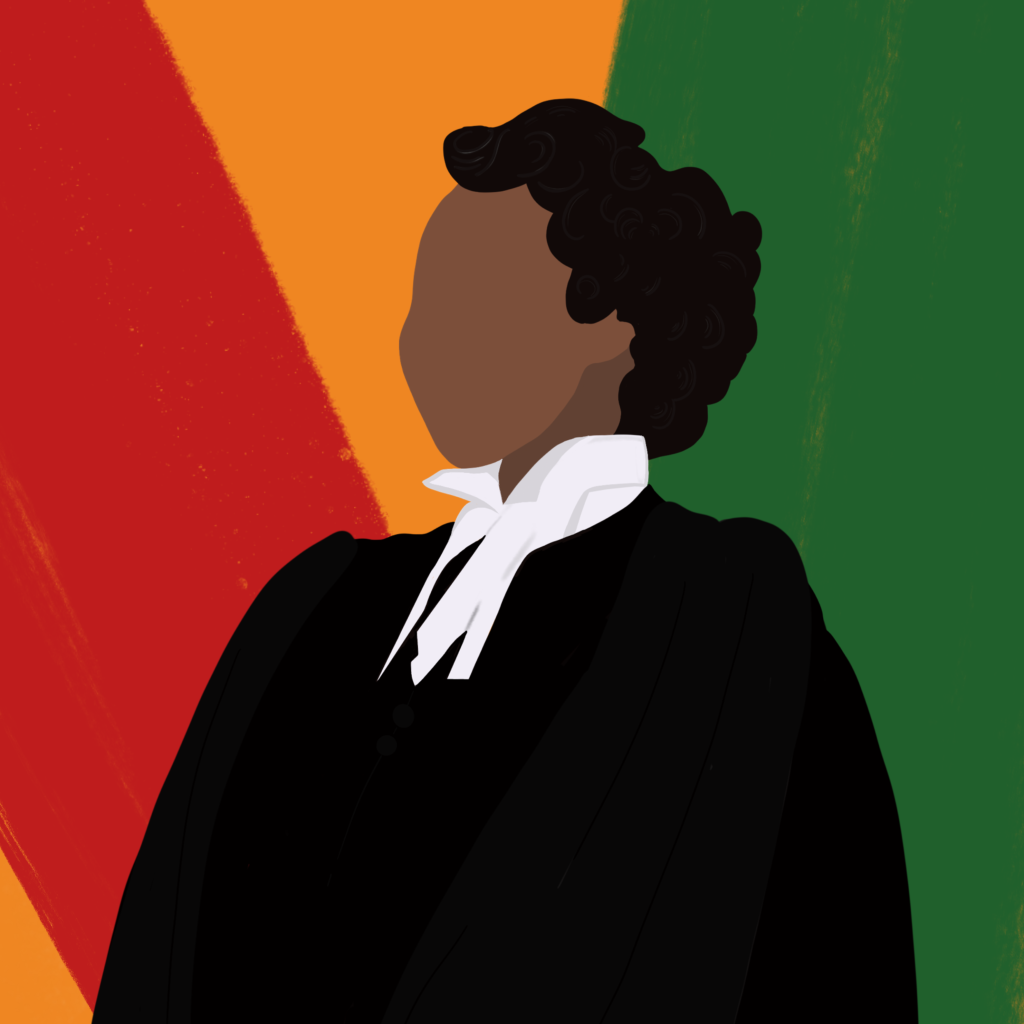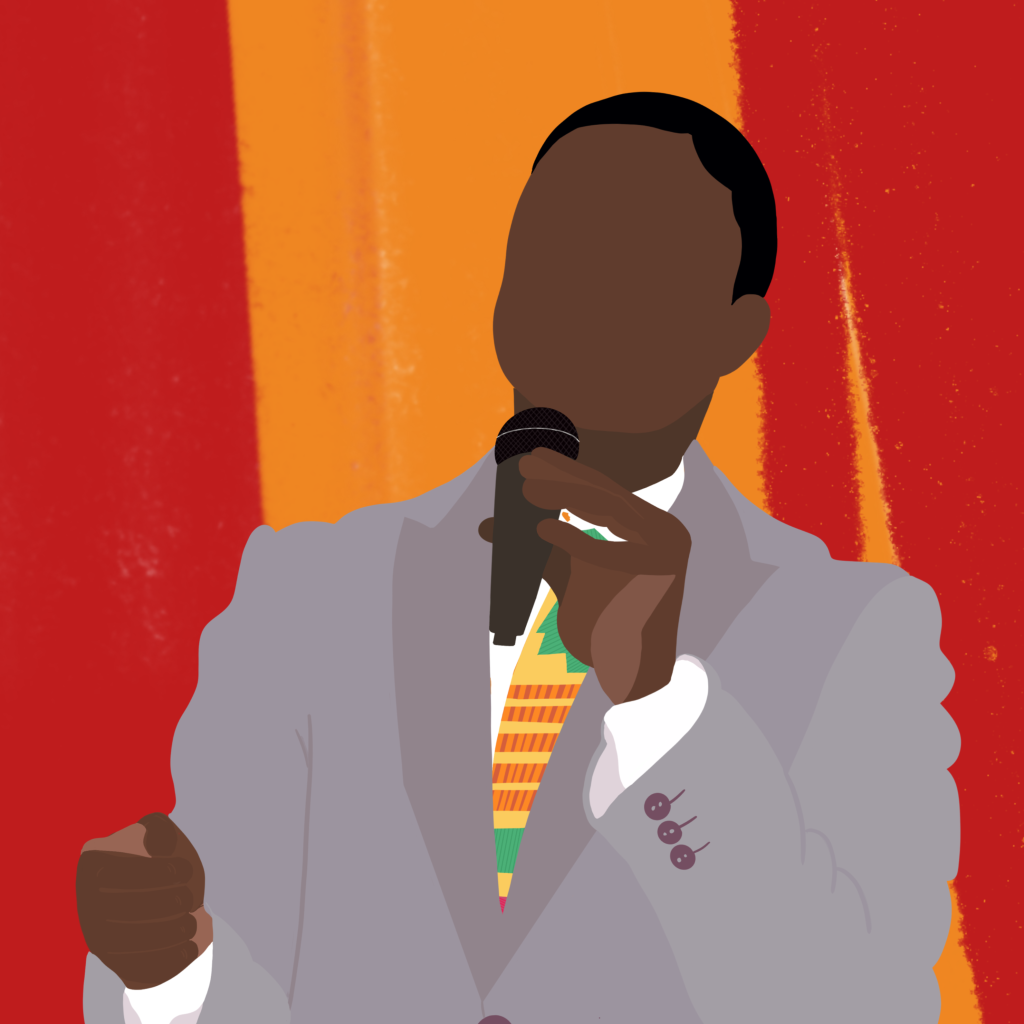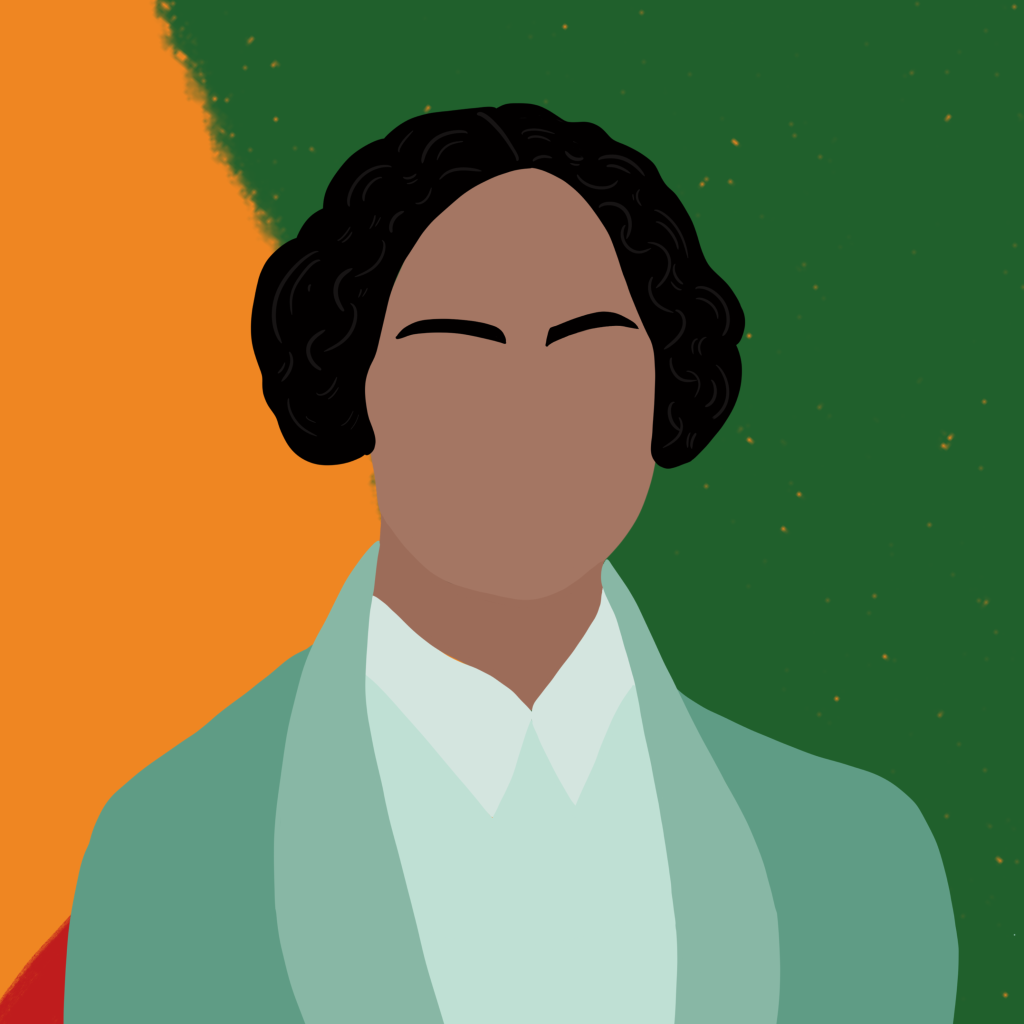
Black History Month
Since the publication of this post on February 2023, new research findings have been made publicly available, offering updates on Canada’s Black population. In this revised edition, we’re incorporating new research and statistics to deepen our understanding of the experiences and contributions of Black Canadians. By staying informed and proactive in our efforts to support and uplift Black communities in Canada, we can create a more just, equitable, and inclusive country for everyone.
Each February, Canada celebrates Black History Month. It is an annual occasion to honour and recognize the vital role that Black Canadians have played in shaping our country’s identity. We’re nearing the end of Black History Month, but that doesn’t mean our commitment to highlighting Black experiences and figures ends. Instead, it’s an opportunity for us to acknowledge the work we must do as allies and to support racialized communities. In this overview, we are reminded that the work continues beyond February, and requires our attention and support throughout the year.
Black History Month beginnings
Black History Month dates back to 1926, when Carter G. Woodson, known as the “father of Black History,” first established in the United States, a week-long event aimed to include Black voices and experiences in the mainstream historical narrative, emphasizing the contributions of Black individuals to the social and cultural landscape of the country.
Over time, this week evolved into a month-long celebration that focused on a specific theme related to the Black experience, intended to bring public attention to it. In Canada, Black History Month was introduced in 1995 by the Honorable Jean Augustine, the first Black woman elected to Parliament. Then, in 2008, Senator Donald Oliver, the first Black male senator in Canada, proposed a motion that officially established February as a national observance.
This year’s theme “Black Excellence: A Heritage to Celebrate; a Future to Build,” invites us to honour, acknowledge, and explore the invaluable contributions of Black Canadian communities in shaping our nation through invention, and innovation.
To learn more about Black History in Hamilton, ON, click here.
“Black history is not just for black people. Black history is Canadian history.”
Hon. Dr. Jean Augustine
A snapshot of today’s Black population in Canada
The Black population in Canada makes up 4.3% of the total population, and more of the 40% of the population has been born in Canada.
Although Canada is the number one birthplace for Black Canadians, a significant portion are immigrants or descendants of immigrants. In fact, according to recent statistics, more than half of Canada’s Black population are first- or second-generation immigrants, coming from countries such as Jamaica, Haiti, Nigeria, and Ethiopia, among others.
Today’s Newcomers to Canada who identify as Black come from approximately 125 different countries and from more than 300 ethnic and cultural origins, making them an incredibly diverse population that has strengthened Canada’s social and cultural fabric.
Black immigrants in Canada face unique challenges related to settling into a new country, navigating the Canadian job market, and dealing with discrimination.
Today’s Newcomers to Canada who identify as Black come from over 125 countries and 300 ethnic and cultural backgrounds.
The reality of anti-Black racism in Canada
Despite Canada’s abolition of slavery in 1834, anti-Black ideologies have stayed in Canadian society in overt and covert ways, keeping Black communities at a disadvantage, as well as, intensifying the challenges faced by Black immigrants.
In 2020, a Canadian Government report found that about 63% of Canada’s Black population experienced discrimination within the 5 years before and during the pandemic. Parallelly, the number of hate crimes targeting racialized population reported by the police increased by 80% between 2019 and 2020.
Additionally, systemic racism has manifested itself in various forms in society, continuing to have an impact on the Black experiences within education, healthcare, and the justice system in Canada. Here are some pieces of evidence recollected by the Canadian Government report on Social determinants and inequities in health for Black Canadians:
2016, Black people with a postsecondary education had a 4% more of unemployment rate than the rest of the population.
Black students in Toronto are more likely to be suspended from school than White students.
Black men have some of the lowest median annual wages. In 2015, the median annual wage for Black men was $41,000, which is $15,000 less than the median wage of nearly $56,000 for other men. The wage gap has grown since 2000, especially after 2010.
Change-makers and trailblazers:
Black Canadians who have made and are making history.

Violet King (Calgary, Alberta)
Violet King Henry was a trailblazing figure in Canadian legal history. Born in Calgary, Alberta, as second-generation Canadian, she went on to become the first Black Canadian to obtain a law degree in the province, as well as the first Black person admitted to the Alberta Bar. She also became the first Black woman to practice law in Canada, paving the way for future generations of Black female lawyers.
Her accomplishments extended beyond the legal field as she was also the first woman to hold an executive position with the YMCA in the United States. King Henry’s legacy serves as an inspiration to all those who strive for equality and justice.
Leo Johnson (Hamilton, Ontario)
Leo Johnson is a Hamiltonian activist whose life has been dedicated to serving his community.
Born in Liberia, he arrived in Hamilton as a refugee at the age of 23. Leo is the founder of Empowerment Squared, a local non-profit organization that provides marginalized children and youth with the tools and opportunities they need to succeed in today’s society.
He is also the funder and leader of the Liberian Learning Center project, which will be the only public library in Liberia since the end of the war.
Leo’s outstanding contributions have been recognized with numerous awards, including the World Citizenship Award from the City of Hamilton, the Gandhi Peace Award, the McMaster University Global Community Impact Award, YMCA Peace Award, among others.


Mary Ann Shadd (Windsor, Ontario)
Mary Ann Shadd was a pioneering Black woman who made significant contributions to Canadian society during the mid-1800s. As a result of the infamous Fugitive Slave Law of 1850, which threatened the freedom obtained by Black communities in the northern United States, Mary Ann Shadd fled and settled in Canada.
She became the country’s first Black female newspaper publisher, founding and editing The Provincial Freeman. In addition to her work in journalism, Shadd established a racially integrated school for Black refugees in Windsor, Canada. Her activism also extended to the fight against segregated schooling for Black children, setting a standard that would continue for decades to come.
To learn more about noteworthy Black people in Canada, click here.
Hamilton’s work to ensure a “Hamilton for all”
In the past years, a wide range of individual and collective efforts have come from grassroots initiatives, non-profits, and the City of Hamilton as a response to the increasing anti-black racism incidents in our country, province and city, as well as the recognition of systemic racism in our institutions.
In 2020, three sisters, Abygail, Alexandria, and Ashleigh Montague founded BLK OWNED, a non-profit dedicated to highlighting, promoting, and supporting Black-owned businesses. In fact, this is not the first initiative these sisters have developed to promote a more equitable and just Hamilton. In 2015, they started S4Sisters to raise money for and promote non-profits dedicated to empowering women in minority groups.
Similarly, BlackHamilton.ca was developed by and for Hamilton’s Black Community. It aims to provide and promote resources and services available in the city for Black residents, as well as to amplify Black-owned businesses.
In addition to these initiatives, the City of Hamilton, together with McMaster University and the Hamilton Centre for Civic Inclusion (HCCI) took steps to fight racism by creating a pilot project in 2018 that brought to life the Hamilton Anti-Racism Resource Centre. This organization “provides support and referral services for racialized individuals experiencing racism.”
Other organizations in the Hamilton area have also taken action to support the Black community. The Hamilton Centre for Civic Inclusion (HCCI) in partnership with Never Gonna Stop (NGS) developed The Black Youth Mentorship Program (BYMP) whose purpose is to connect Hamilton’s Black youth with local mentors and to provide a safe and supportive environment for Black youth to explore their interests and develop new skills, while also building important connections that can help them achieve their goals.
These efforts are just a few examples of the many ways that organizations and individuals in Hamilton and beyond are working to support and uplift the Black community.
Black History Month is a time to celebrate the accomplishments and contributions made by Black Canadians. However, let’s remember that it is also a time to reflect on the ongoing fight for justice and equality. It is through learning and listening that we gain a deeper understanding of the history and present-day realities of racialized minorities in Canada, as well as the need to address systemic racism and create a more just, equitable Canada,
Quick Facts
In 2021, 33.8% of Black female workers were mostly concentrated in the health care industry. This highlights the key role that the Black community plays in providing essential services to Canada.
Nearly 80% of Black Canadians speak either English or French, the official languages of Canada.
61.4% of Black business owners are immigrants.
Based on historical reports, in the 1600’s, the first person of African descent arrived in Canada. This person was Matthieu da Costa an interpreter who spoke five languages and worked for the then Governor of Nova Scotia, translating from Mi’qmak.
Before the 60s, Canada had exclusionary immigration policies and indirect barriers to obstruct the arrival of black-descent people to Canada. In 1962, a change in the Immigration Act and its bias “non-white, non-European” resulted in the increased of immigration of Black people.
Pockets of Hamilton Mountain were once known as “Little Africa.” The areas that are now known as Concession Street between Upper Wellington and Upper Sherman and neighbourhoods near Cathcart Street were locations where African Americans sought refuge from slavery back in the early 1800’s.
Sources
Abdillahi , I. A., & Shaw, A. (2020, September 8). Government of Canada. Canada.ca. Retrieved February 8, 2023, from https://www.canada.ca/en/public-health/services/health-promotion/population-health/what-determines-health/social-determinants-inequities-black-canadians-snapshot.html
Canada, P. H. A. of. (2020, September 8). Government of Canada. Canada.ca. Retrieved February 13, 2023, from https://www.canada.ca/en/public-health/services/health-promotion/population-health/what-determines-health/social-determinants-inequities-black-canadians-snapshot.html
The Colour Bar at the Canadian Border: Black American Farmers | Canadian Museum of Immigration at Pier 21. Canadian Museum of Immigration at Pier 21. (n.d.). Retrieved February 8, 2023, from https://pier21.ca/research/immigration-history/black-american-farmers
Crrf. (n.d.). Leo Johnson. Canadian Race Relations Foundation Fondation canadienne des relations raciales. Retrieved February 16, 2023, from https://www.crrf-fcrr.ca/en/site-content/item/26316-leo-johnson-bio
Government of Canada, S. C. (2022, February 1). By the numbers: Black history month 2022. Government of Canada, Statistics Canada. Retrieved February 8, 2023, from https://www.statcan.gc.ca/en/dai/smr08/2022/smr08_259/infosheet
Government of Canada, S. C. (2023, January 6). Black history month 2022… by the numbers. Government of Canada, Statistics Canada. Retrieved February 8, 2023, from https://www.statcan.gc.ca/en/dai/smr08/2022/smr08_259
Maheux, H., & Do, D. (2019, February 27). Diversity of the Black population in Canada: An overview. Retrieved February 8, 2023, from https://www150.statcan.gc.ca/n1/pub/89-657-x/89-657-x2019002-eng.htm
Ruck, L. (2017, November 17). Violet king. The Canadian Encyclopedia. Retrieved February 8, 2023, from https://www.thecanadianencyclopedia.ca/en/article/violet-king
Schwinghame, S. (n.d.). The Colour Bar at the Canadian Border: Black American Farmers. The Colour Bar at the Canadian Border: Black American Farmers | Canadian Museum of Immigration at Pier 21. https://pier21.ca/research/immigration-history/black-american-farmers
Updated Feb 2024
ALL LOCATIONS
Main Site
-
8 Main St. E. Ste. #101
Hamilton, ON L8N 1E8 - 905-529-5209
Downtown East
-
100 Main St. E. Ste. #210 & 250
Hamilton, ON L8N 3W4 - 905-529-5209
East Mountain
-
1119 Fennell Ave. E. Ste. #234
Hamilton, ON L8T 1S2 - 905-529-5209
Hamilton East
-
160 Centennial Pkwy North #7
Hamilton, ON L8E 1H9 - 905-529-5209
SUBSCRIBE
Subscribe to our newsletter and don't miss out on all the great info.
Charitable registration number: 132518192RR0001











